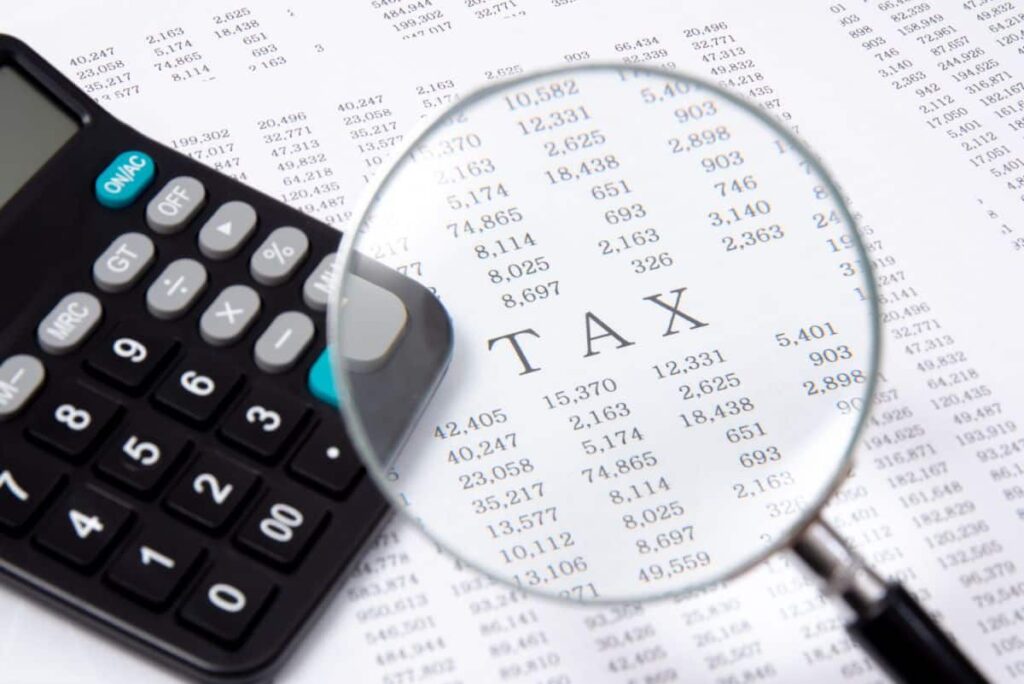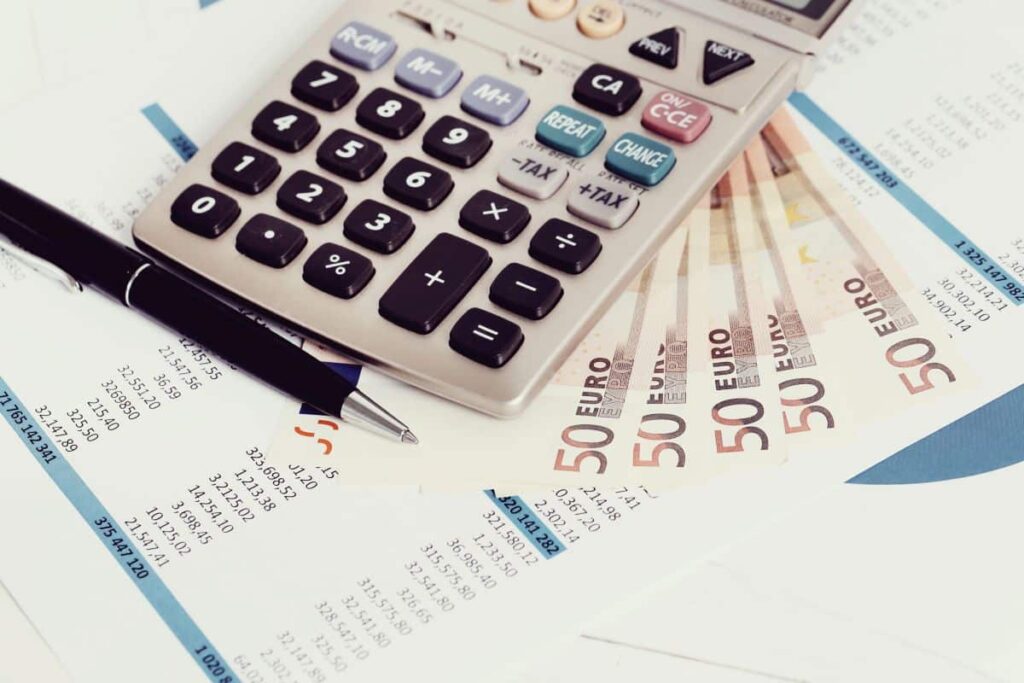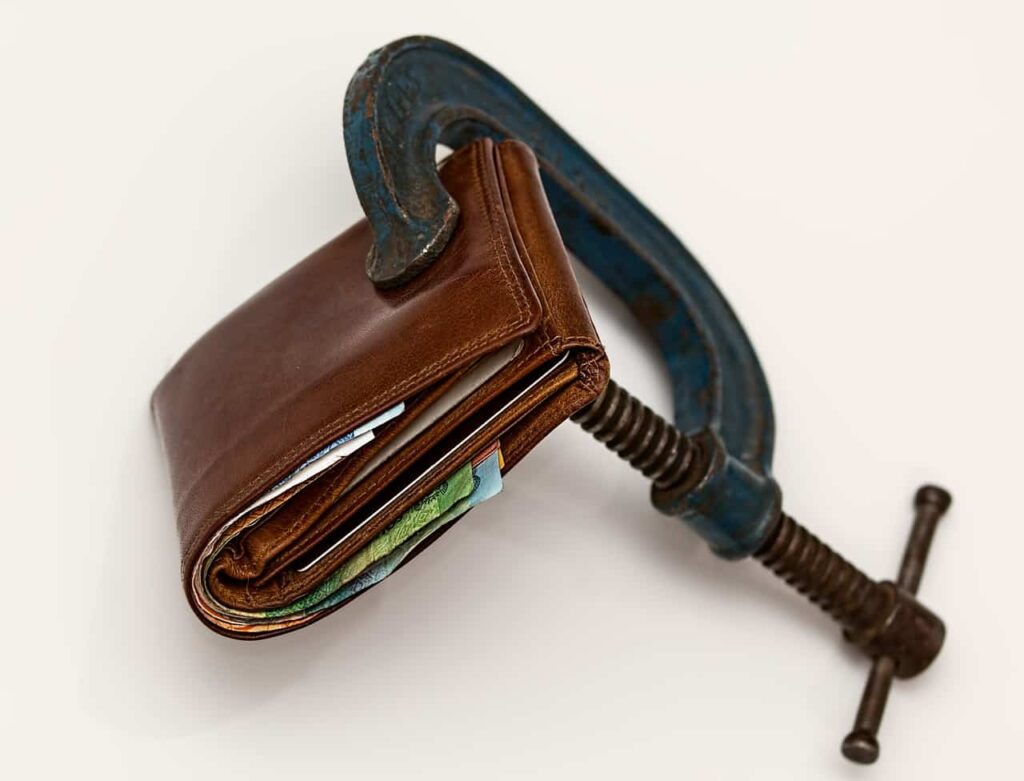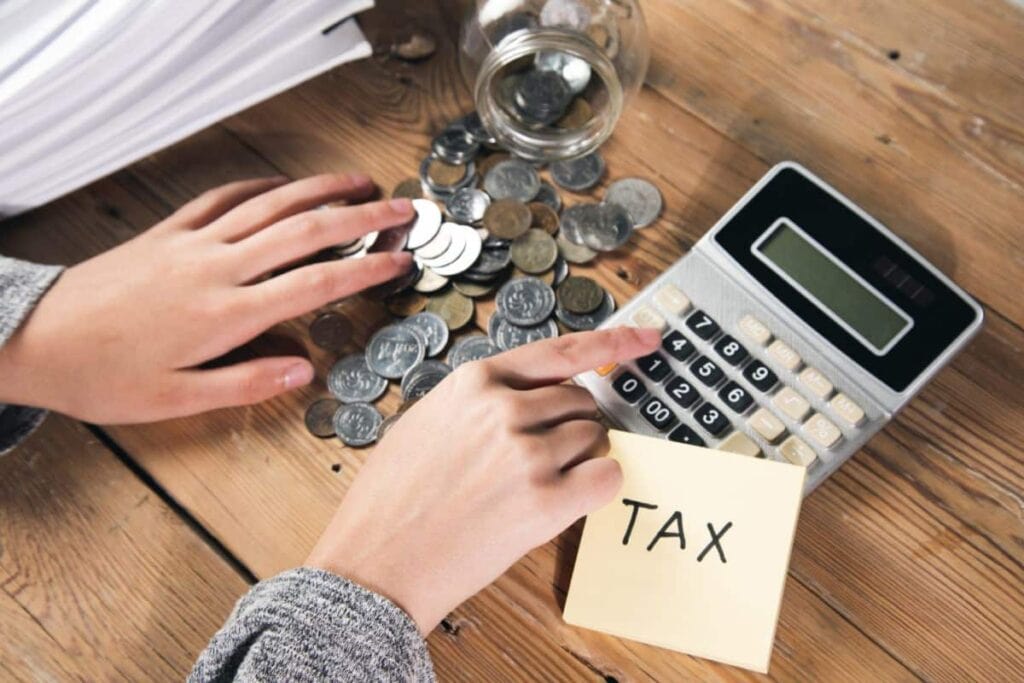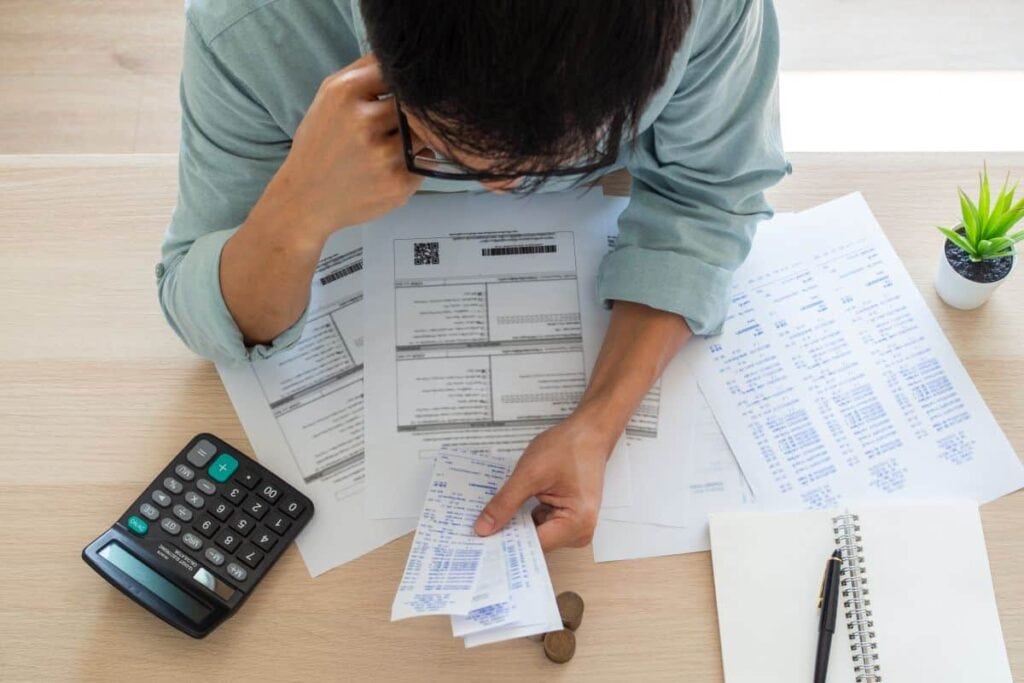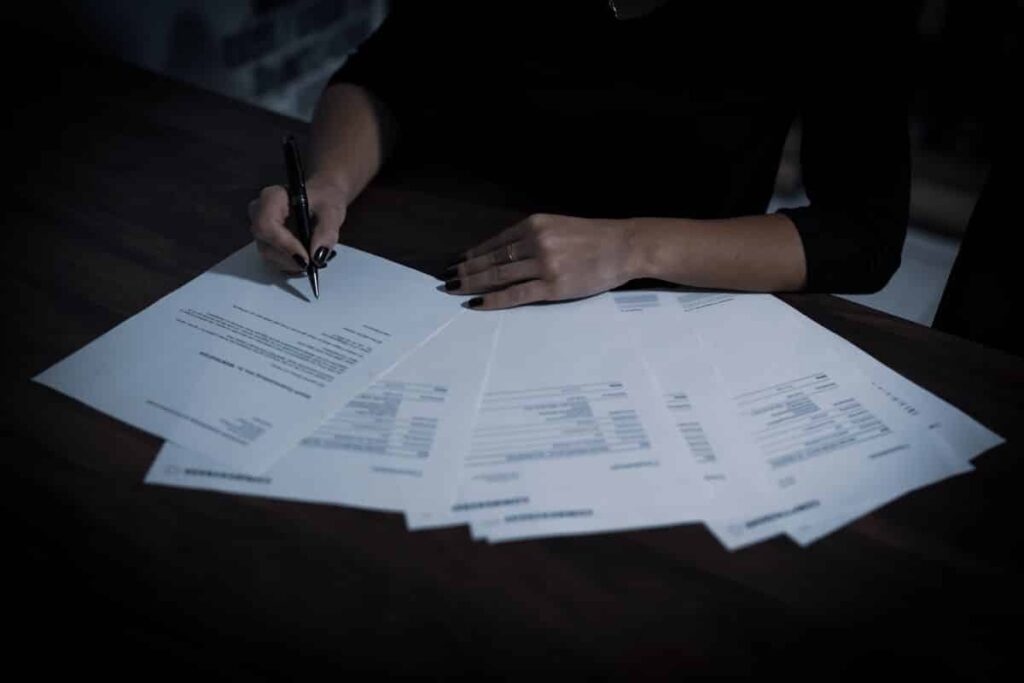How To Prepare For Tax Time In Australia
The time of year when taxes need to be filed may be difficult and stressful for anyone, but especially for those who are new to Australia. This article will provide an overview of the essential activities that you need to do in order to get ready for tax season and ensure that you get the most money possible from your return. Therefore, whether you just moved to Australia recently or you just want to be sure you’re doing everything correctly, continuing reading will provide you with some useful information.
Are you one of the fortunate individuals that receives a return from the Australian Tax Office (ATO)? If this is the case, congratulations! It’s most possible that you’ve already thought out how you’re going to put that cash to use. However, if you are like the majority of people, putting off the preparation of your tax return until the eleventh hour is probably not something that is on your list of things to accomplish.
Because of this, we are here to lend a hand. We will guide you through all you need to know to file your taxes on time and obtain the largest possible refund in this blog post. Read on for some of the best advice we have for filing taxes in Australia, whether this is your first time doing so or you’re just looking for some pointers.
If you are a citizen or permanent resident of Australia, the time to file your taxes is quickly approaching. The good news is that you can get ready for tax time in a variety of different ways, and this post will go through some of those different approaches. You may make the process of filing your taxes less stressful and more straightforward by devoting some time to being organized and becoming familiar with your obligations.
Are you getting ready for the upcoming tax season in Australia? If that’s the case, read on for some useful advice that will have you ready for whatever may come your way. First things first, compile all of the information and documentation you need.
This includes your income statements, specifics regarding any expenses or deductions you wish to claim, and evidence of residency if you are claiming the exemption from the withholding tax on capital gains that is available to foreign residents. Next, invest in reliable software for tax preparation so that you may be assisted and guided through the procedure. Finally, if you feel like you need it, seek the opinion of a professional.
The time of year when taxes are due can be difficult and stressful for many people, but this does not have to be the case. On the other hand, if you are well prepared and know what to anticipate, filing your taxes can be a breeze.
This piece on the blog will go through how to be ready for tax time in Australia, including when the deadline is and what steps you need to take. We will also provide an overview of some of the most prevalent tax deductions that are accessible to taxpayers in Australia. Make it a point to read this piece if you’re getting ready for the upcoming tax season!
If you’re like the majority of people, you’re probably feeling a touch overloaded right about now. Taxes have the potential to appear difficult and perplexing, but if proper preparation is made, they do not have to be challenging.
In this piece, we’ll go over everything you need to know to get ready for tax time in Australia, including some helpful links along the way. We’ll discuss things like taxable income, the deductions and credits that are open to Australian taxpayers, and how to fill out and submit your tax return.
When it comes to paying their taxes, Australians have to navigate through a lot of bureaucratic hoops. If you aren’t prepared, you run the risk of missing out on significant tax deductions and credits that could end up saving you a lot of money. You are in luck because there are a few things you can do to make the procedure as simple and straightforward as it can possibly be.
The end of the fiscal year is drawing near, which means that the annual tax filing stress is right around the corner. If you live in Australia, it is imperative that you are aware of your financial obligations to the government and that you get a head start on filing your tax return. This tutorial will walk you through all you need to know about filing your taxes in Australia, including when you are required to file your return, the types of deductions that are allowed, and more.
Let’s get started!
Get Ready For The Tax!
The following is a list of activities that you may do to assist you in getting ready for tax time:
You can get ready for the new fiscal year by doing things like making contributions to your superannuation account, prepaying your bills, reviewing your goals for saving money, creating a budget, and investing your money.
1. Increase the amount of deductible money you put into your retirement account
It’s possible that now is the best moment for you to start making contributions to your superannuation, whether they’re further personal concessional payments or employee salary sacrifice contributions. Contributing such an additional amount could help you decrease your overall tax liability, in addition to adding to your retirement savings account.
You are eligible to take a deduction on your taxes for personal contributions if you are younger than 75 years old. It is important to note, however, that these contributions are subject to the concessional contributions cap, which is managed by the Australian Taxation Office (ATO), as well as certain additional requirements for individuals who are between the ages of 70 and 74. (inclusive).
2. Prepay expenditures
You might be able to claim a tax deduction for some expenses in the same year that you incurred them if you prepay tax-deductible expenses for the following fiscal year. This allows you to claim the deduction in the year that the item was incurred. Please refer to the ATO for any extra information you require regarding pre-paid expenditures.
3. Be responsible with your financial holdings
If you are considering selling any investments, such as shares or managed funds, the timing of the sale can have a major impact on the amount of tax that you might be required to pay in any given year.
This is due to the fact that any gain on your investment is considered taxable income. Depending on the size of the gain, you may be moved into a higher tax bracket as a result of this.
If, on the other hand, you intend to sell a non-performing investment, you should do so before the 30th of June in order to increase the likelihood that you will be able to apply any capital loss to offset the tax liability associated with any other capital gains.
4. Give some thought to purchasing a private health insurance plan
For any portion of the fiscal year during which they did not have appropriate private patient hospital cover, individuals and families with incomes that are above a certain threshold may be required to pay the Medicare levy surcharge, also known as the MLS. This is the case if the threshold was exceeded. In addition to the two percent Medicare levy, the MLS must also be paid.
However, if you and your family sign up for an adequate amount of hospital coverage through a health fund that is recognized, you won’t have to pay the additional fee.
5. Start a savings strategy
Establishing a savings plan can be an effective way to foster positive behaviours and give you a sense of control over the process of amassing the resources you might require in the future to maintain the standard of living you envision for yourself.
Think about establishing a regular transfer into an investment that takes place automatically after you receive your salary – that is before you spend any of your income. This can be done by setting up a recurring transfer into an investment.
For instance, this so-called “investment” could be a savings account with a high-interest rate, which gives you the opportunity to benefit from the effectiveness of compound interest.
Alternately, if you have a mortgage, this could mean placing additional money into an offset account, which would reduce the amount of interest that you are responsible for paying on the loan.
6. Do not put off making a budget.
Creating a budget does not have to include a complicated collection of spreadsheets. You should be able to compare all of your usual expenses, such as payments on a rent or mortgage, insurance premiums, and an estimate of how much you spend on groceries and gasoline each week, to the amount that you earn in a span of 15 minutes.
It is possible that it will not be correct one hundred percent of the time, but it will provide a solid overall picture of how much money is coming in and how much money is going out, as well as how much money you should be able to save.
7. Tackle your debt

If you have any personal debt, paying it off and resolving not to accrue any further debt in the new fiscal year could be an essential resolve for you to make. For instance, one method could consist of consolidating your debt and making a firm commitment to paying it off within a specified amount of time.
If you already have a mortgage, raising the amount that you pay back each month as well as the frequency with which you pay it can be beneficial and, in effect, give you a risk-free return on your investment by allowing you to save a large amount of money on interest payments.
Helpful Advice for the Tax Season
Life can be difficult at times. There is no need you must lodge your tax return for the income year.
During this year’s tax season, the Australian Taxation Office (ATO) will place an emphasis on work-related costs as a way to assist taxpayers in filing accurate returns. If a public servant wants to know what tax deductions they can and cannot claim, the best place to get this information is from the Australian Taxation Office (ATO).
1. Obey the three most important guidelines.
When it comes to submitting a claim for a deduction that is work-related, there are three cardinal rules:
- You must have put the money out of your own pocket and not been compensated for it;
- The expenditure ought to have a clear connection to the production of your income;
- You need to have a record to demonstrate this (usually a receipt).
2. The temporary simplified technique for reporting costs incurred while working from home is available for the entirety of the income year
The year before, when the epidemic was at its height, the temporary shortcut method was developed as a response to the unexpected increase in the number of makeshift workspaces in people’s homes.
Tim Loh, an assistant commissioner of the Australian Taxation Office, stated that “even with people shifting back to the office, we know that many Australians have elected to continue working from home at least one day a week.”
The temporary working from home shortcut approach permits claims to be made at an all-inclusive rate of 80 cents per work hour, rather than laborious calculations for individual products, which are required under the traditional method.
Mr. Loh explained that the shortcut approach is simple and that all one needs to do is multiply the number of hours worked at home by eighty cents.
“A record of the number of hours you’ve worked from home, such as a timesheet, is the only documentation you need,” the representative from the company said.
The quick shortcut approach, in contrast to other ways, does not call for a designated working space and may be utilized by numerous persons at the same time who share the same living quarters.
The method that takes the quick path includes everything. If you choose to utilize this method, you will not be able to deduct individual expenses like the cost of a telephone or the internet, nor will you be able to deduct the value loss of brand new office furniture or a laptop.
3. Do not take advantage of the standard deduction.
Before you send in your tax return, you need to be sure that you are aware of what deductions and credits you are qualified to claim and that you are not claiming more than you are eligible for. As an illustration, some taxpayers are under the impression that they can claim a standard deduction in the amount of $300 without actually spending the money.
Even though you do not need receipts for claims up to $300, you must have spent the money personally, it must directly connect to producing your income, and you must be able to prove how you figured out your deduction if challenged. Claims up to $300 do not require receipts.
4. Consult the advice provided by the ATO for office workers.
Using the ATO occupation guide for office employees makes it more simpler than ever before to claim any costs you incurred due to your employment. You will also discover a wonderful poster that you can print off and distribute to your coworkers.
There is a wide variety of additional vocation guides available, and they cover a wide range of careers, from teaching to driving a truck.
5. Don’t rush
As people rush to finish their tax returns at the beginning of July, the Australian Taxation Office sees a lot of inaccuracies. If you file your return online, the Australian Taxation Office (ATO) has simplified the process for you by automatically populating certain areas of your tax return with data provided by third parties like employers, banks, and other government agencies.
Although the majority of information is transmitted to the ATO by the end of July, many organizations transmit data considerably earlier. If you typically handle your own tax return, for instance, the Australian Taxation Office (ATO) will notify you through myGov as soon as the relevant information is ready for viewing.
When you have all of your information ready, they will recommend lodging. Just make sure to check over your information and edit or add any data that are wrong or missing.
Don’t let this slip your mind: when you send in your return, it is critical to check that your income statement has been flagged as “tax ready.” This is due to the fact that the majority of workers have until July 14 to complete their income statement.
If you wait a few weeks, you will have an easier time for lodging.
6. Start making plans for the following year
The myDeductions tool within the ATO app can assist you if you spend numerous hours looking for your receipts or if those receipts have become worn down to the point that they are unreadable.
Organizing all of your cost records in one location and getting yourself ready for tax time is made much simpler and more convenient with the myDeductions feature. You have the ability to photograph your receipts and invoices, as well as record your costs and car journeys.
When it comes time to file your taxes, you can either upload your data to prefill your tax return or send your data to your tax agent. After that, install the ATO app on your mobile device and navigate to the myDeductions icon within the app.
You can find all the information you require on the ATO’s tax time essentials homepage. This page will tell you all you need to know to make filing your return this tax season straightforward, safe, and quick.
Getting Your Self-Managed Superannuation Fund (SMSF) Ready for Tax Time
As the current fiscal year draws to a close, it is time for you, as a trustee of a self-managed super fund (SMSF), to conduct an audit of your assets and complete the duties associated with the yearly process.
You and your SMSF will be better prepared for tax time if you follow these guidelines:
1. Maximise your concessional contributions
Concessional contributions have the potential to be an efficient method of contributing to your superannuation for the vast majority of people. You must be careful, however, not to exceed the annual limit on concessional contributions that can be made for the current fiscal year.
Concessional contributions include:
- Your employer’s super contribution;
- Any amount that your employer contributes to your superannuation fund as part of a salary sacrifice arrangement;
- Any personal contributions made to superannuation funds that are within your reach and that you can deduct from your taxable personal income.
2. Claim tax deductions for your personal superannuation contributions
Even if your company does not provide salary sacrifice options, you should be able to make personal contributions to your retirement account that are tax deductible and concessional. If you are working, you have this ability.
It does not matter whether you receive a salary or wages to determine whether or not you are eligible to make personal contributions that are tax deductible. If you are self-employed and receive an income, you can do so.
If you are under the age of 75, you are eligible to claim tax deductions for payments that you have made personally to your SMSF.
Let’s say you wish to get a tax break for the money you put into your personal retirement account (superannuation). If this is the case, you will be required to provide your fund with a valid “Notice of intent to claim or vary a deduction for personal super contributions” form and request a written acknowledgement of a valid notice from your SMSF. You will then be able to proceed with claiming or modifying your deduction.
3. Make sure that your non-deductible contributions don’t exceed the limit.
After-tax money can be put into a superannuation account as a non-concessional contribution if you so want. These payments to your super fund will not be subject to any kind of taxation.
You will need to check that the total amount of your non-concessional contributions is less than the limit that applies to the income year. The entire amount of your superannuation balance will determine whether or not you are permitted to move forward up to three years’ worth of contributions from subsequent years, provided you are qualified (TSB).
You will also have the responsibility of ensuring that your non-concessional contributions do not exceed the limit that has been established for your TSB.
4. If you are older than 67, you need to ensure that you pass the work test.
Before you can make a personal contribution to your SMSF if you are 67 or older, you will first need to determine whether or not you pass the work test.
In order to demonstrate that you have met the requirements of the work test, you must have put in a minimum of 40 hours of work spread out over a period of 30 consecutive days during the same fiscal year in which you made the personal contribution.
Remember that after you reach the age of 75, regardless of your employment situation, you will not be eligible to make a personal contribution to your superannuation plan.
Imagine that you are a recent retiree and are at least 67 years old. If this is the case, you may be eligible for a work test exemption that will allow you to continue making personal contributions to your superannuation fund during the financial year, provided that your total superannuation balance just before the year of contribution is less than $300,000. This applies if you are satisfied with the work test in the financial year before the contribution year. Nevertheless, during one of the earlier fiscal years, you did make use of the work test.
On the ATO website, you can check to see if there are any age limits on SMSF donations.
5. Make a donation to the downsizer fund.
If you downsized your home and sold it after 1 July 2018 and signed the sales contract after that date, you could put up to $300,000 of the profits from the sale of your property into your retirement account.
In order to be eligible, one must first fulfil certain requirements, which may include the following:
- To make the most of your contribution, you need to be at least 65 years old when you send it in;
- You must have owned your property for at least ten years prior to applying for this loan;
- The contract for the sale of your home must have been exchanged on or after July 1, 2018, and it must have occurred on or after that date.
Remember that you can only make one contribution toward the downsizing effort.
For further information on downsizer contributions, kindly refer to the ATO website.
6. Make sure you don’t go above the limit for your transfer balance.
The amount of your superannuation that you are permitted to move into the tax-free retirement phase is subject to a transfer balance ceiling of $1.7 million as of the first of July 2021.
If your super balance is higher than this limit, you have two options: either keep it in a “accumulation phase,” in which case your earnings will be taxed at a rate of up to 15%, or take it out of your super, in which case your assessable earnings will be taxed at your marginal tax rate.
7. Take a close look at your existing retirement plans

If you start a pension that is based on your account, you are required to withdraw a certain minimum amount from that account each year throughout the fiscal year. If you don’t, the gains you make on all of the assets that fund your pension could be subject to taxation at a rate of 15%, rather than receiving a complete exemption from taxation.
In addition, for the purposes of calculating your income tax liability, the account-based pension will be considered to have ended at the beginning of the year, and any income that you receive throughout the year will be subject to taxation at the rate that corresponds to your marginal tax rate.
The minimum payment is a predetermined proportion of the balance in your pension account as of July 1 of each year. This percentage is the same each year. If you begin contributing to a pension during the year, the amount you are required to pay is a combination of a percentage of the account balance on the day you began contributing as well as a pro-rata calculation depending on the number of days left in the fiscal year. For instance, if your pension account was established on or after June 1st, the minimum amount of pension that you are required to receive is 0.
If you are contributing to a pension for those who are transitioning into retirement, you are responsible for ensuring that you meet the minimum contribution requirements (these are the same as for account-based pensions).
If you haven’t met all of the requirements for a full condition of release or don’t have enough unrestricted non-preserved benefits in your pension, you need to make sure that your pension payment for this fiscal year doesn’t go over 10 percent of your balance as of July 1 of each subsequent year. This is the case even if you have enough unrestricted non-preserved benefits in your pension (or the start date if commenced this financial year).
In addition to this, you need to make sure that you fulfill all of the specific requirements that have been outlined in the trust deed or pension provisions that pertain to your pension.
8. Ensure that your assets are valued at their current market price.
For assets that have a price that is constantly being traded on the market, such as publicly traded stocks and managed funds. However, if your SMSF has unlisted assets such as real estate or collectibles, it is in your best interest to get the necessary evaluations scheduled as soon as possible.
The law governing superannuation requires you, as the trustee of an SMSF, to assess the market value for each year’s set of financial statements and to be able to justify your valuation. However, there is a possibility that you will not need to organize external appraisals on an annual basis.
9. If you are qualified, file a claim for the tax credit for contributions made by your spouse.
If you paid a super contribution for your spouse and they earned less than $40,000 during the financial year, you may be eligible to claim a tax offset. This is the case if you paid a super contribution for your spouse.
The amount of the spouse tax credit that you can claim cannot exceed $540.
On the website of the ATO, you will discover further information regarding the spouse contribution tax offset.
10. Evaluate your existing approach to making investments.
It is essential to do a thorough evaluation of your investing strategy at the end of each fiscal year. The trustees of an SMSF are obligated by law to conduct frequent reviews of their investment plan. It’s a good idea to check in like this every six and twelve months.
When you establish and revisit your financial objectives, reviewing the performance of your funds can help you determine whether or not those goals are still applicable and within your reach.
When you are looking over your financial strategy, it can be helpful to have a conversation with your adviser. The world of investments is in a state of perpetual flux, which can make superannuation a challenging topic to navigate.
In particular, if you are transitioning from the accumulation phase to the retirement phase and arranging your estate, reviewing the strategies of your SMSF with a trustworthy and licensed adviser can give you insights and opportunities.





